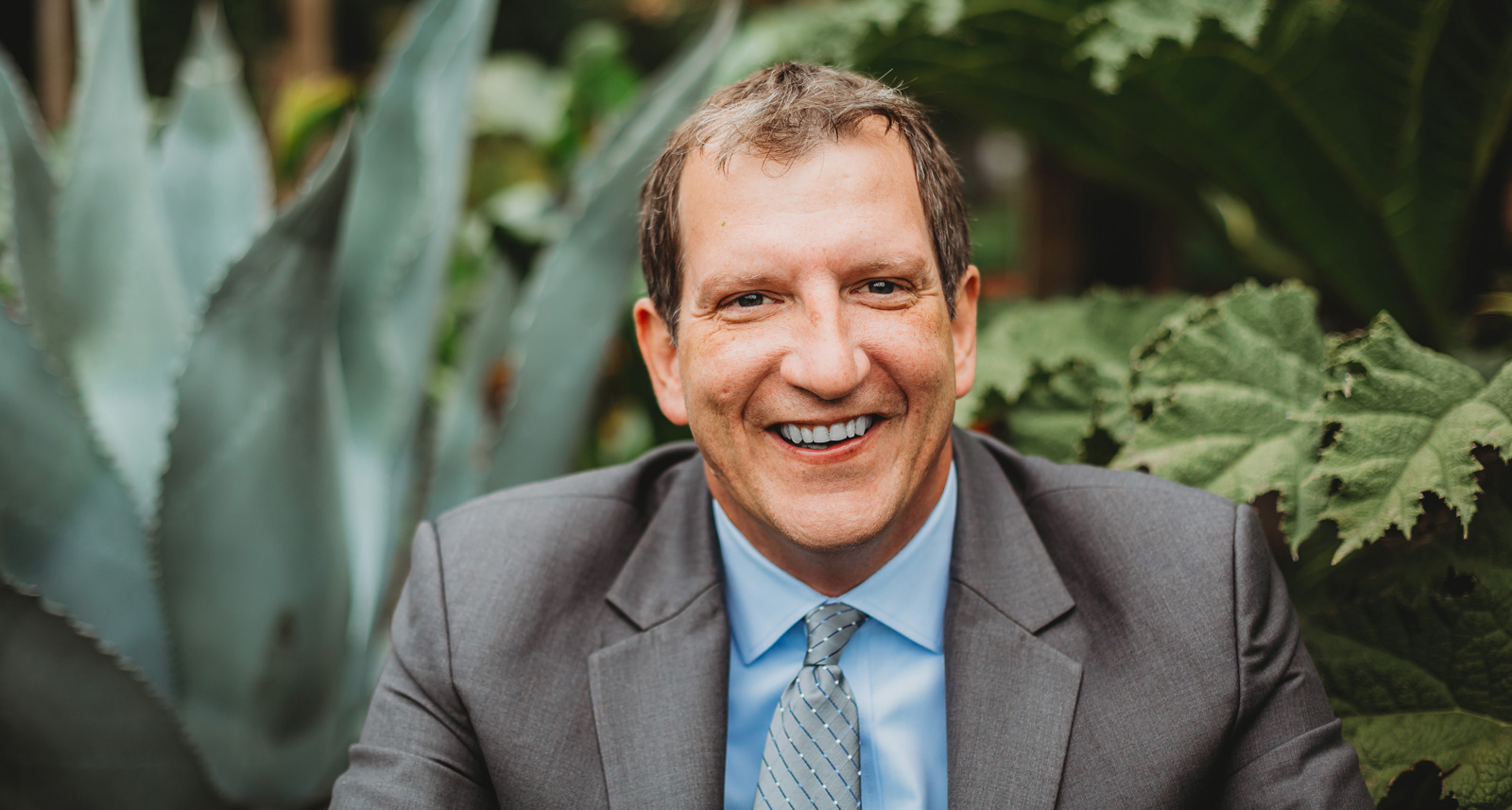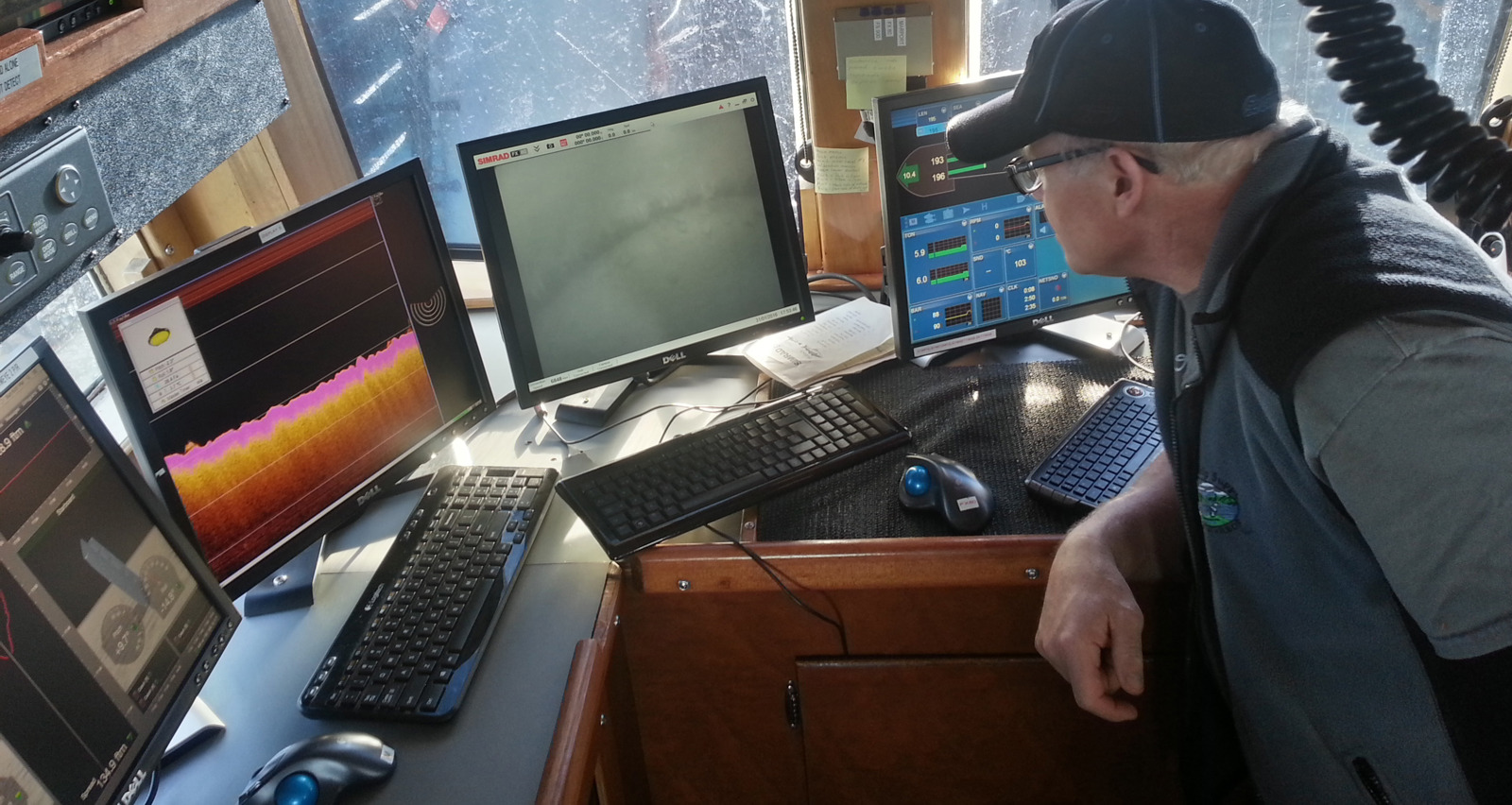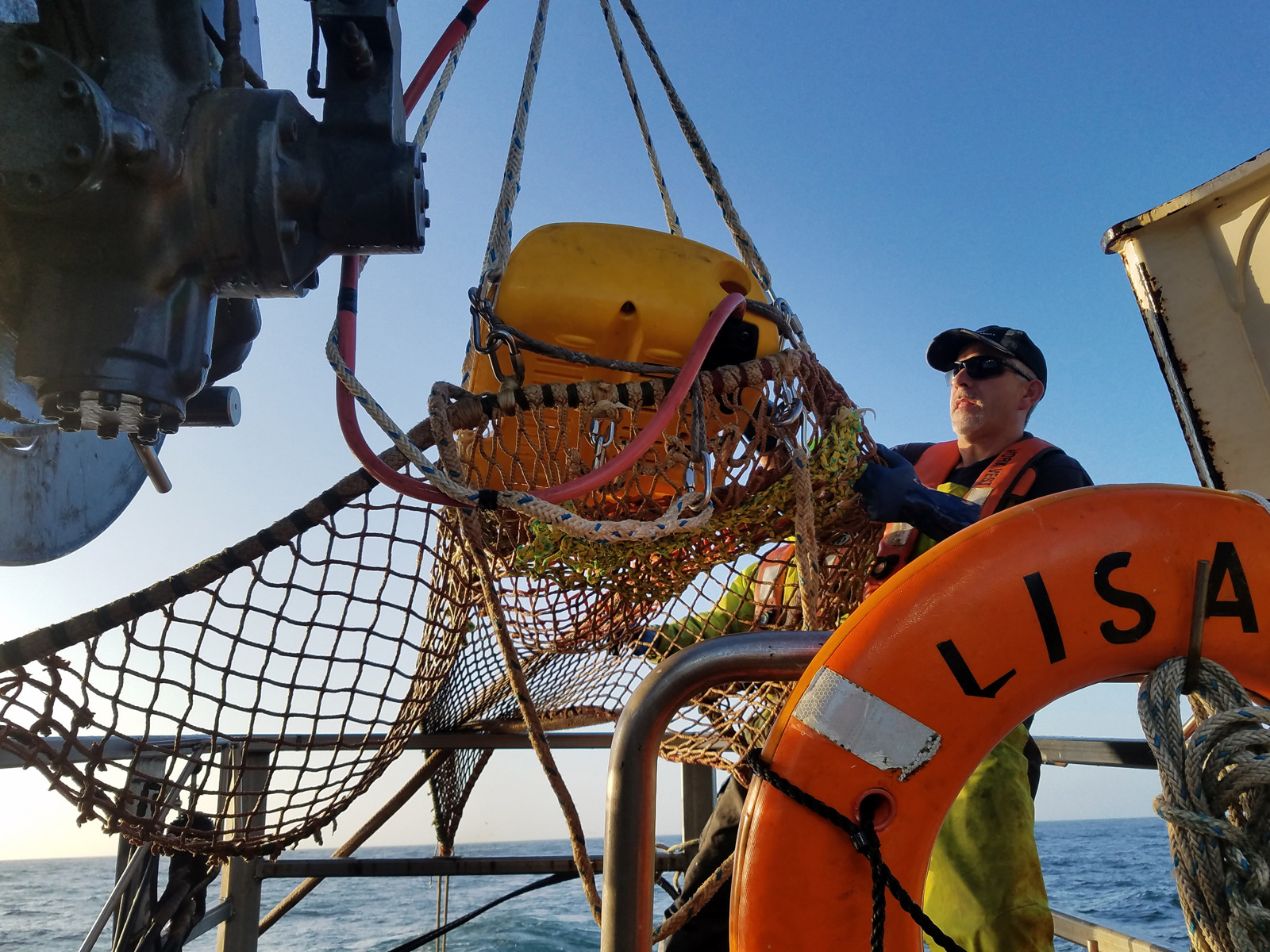
A fish-eye view of trawling
KONGSBERG’s Simrad FX80 camera and acoustic sensor system is supporting Alaskan pollock fishing companies to fish more effectively and sustainability by providing the technology to reduce the bycatch of salmon, which is a protected species in the fisheries.
-
Text:Marketing & Communication Department
Photo:@ KONGSBERG
-
Gunvor Hatling MidtbøVice President, Communications
Fishing for pollock off the coast of Alaska takes fishermen into some of the most dangerous seas in the world, but it’s also the most perilous financially for trawlers if they catch Chinook salmon in their nets. This is a protected species and if too many salmon are reported as ‘bycatch’ then the US National Marine Fisheries Service (NOAA Fisheries), has the power to close down the whole fishery, forcing trawlers back to port with potential fines as well as the significant loss in revenue for the fishing companies.
Alaska’s pollock fishing grounds is recognised as the second largest fishery in the world, worth an estimated $1.9 billion (NOK 16.89 billion), and provides nearly 30,000 jobs across the USA. NOAA manages the fishing off the coast of Alaska and works with fishing companies to improve the sustainability of the fishery, including setting quotas in an effort to reduce bycatch.
With a huge hike in Chinook salmon bycatch in 2007 to more than 120,000 fish, NOAA took action to impose ‘caps’ on the bycatch levels bringing them down to 45,000-60,000, depending on conditions, to preserve the sustainability of the species, which spawns in Alaskan rivers.
While pollock trawler captains have built up extensive knowledge of the fishing grounds off Alaska and north to the Bering Sea, even a good ‘sixth sense’ cannot avoid them catching non-target fish like salmon in their nets. To take the guesswork out of what was going on inside their nets, the fishing industry looked at the potential of underwater camera technology to help avoid the bycatch of non-target species – and KONGSBERG provided the answer in its Simrad FX80 camera and acoustic sensor system.

Jess Woodruff, VP Sales, Simrad Fisheries
The development of the FX80 system is a great example of how the different international capabilities within KONGSBERG came together to provide a solution for the fishing industry. Simrad’s US-based fisheries sales and technical team worked with KONGSBERG’S camera specialist division in Aberdeen, UK, to develop the optics while its Simrad subsidiary integrated the acoustics. All this technology was developed into a robust commercial package by the Trawl Products Division and other specialists in Norway.
The FX80 system was first launched 10 years ago and has been in continual development, in terms of optical and acoustic capabilities, to help fishing companies become more efficient and sustainable in their operations. Today, the FX80 system comprises an array of black and white, and colour cameras, plus sensors attached to various positions on the trawl net, all powered by a central HUB. This provides underwater images and acoustic sonar data, via a communications cable from the net, to computer screens in the wheelhouse of the trawler for the captain to monitor.

The camera and sonar configurations on the nets have enabled trawler captains to understand the environment underwater and to modify their net positioning to increase catches, as well as enabling them to react to bycatch species before they become a problem. One of the simplest measures for a trawler to undertake when a bycatch species is identified is to cut the power to the engines: this slows the movement of the net in the water allowing the bycatch species to escape. Salmon is a much more powerful swimmer than pollock and will swim to safety out of the net while the pollock ‘herd’ together at the end of the net.
Trawlers also use a number of adaptations to their net gear to provide ‘passive’ sorting devices, such as excluders, grids and diverters to create gaps or water flow disruption, relying on the ‘wrong’ fish to exclude themselves from the net and swim away without harm.

But these adaptations are not always suitable for pollock fishing because of the large volume of fish caught in a single trawl net, which can be up to 200 tons at a time.
Therefore, for these fisheries the bycatch release system has to be more ‘active’ to allow the trawl net to be either opened at depth for the safe release of the bycatch or opening and closing ‘flaps’ in compartments along the length of the net to allow the non-target fish to escape.

Simple but reliable
Thor Baerhaugen, KONGSBERG Product Manager, Catch Monitoring systems, developed the ‘claw’ release system from an existing product used by the oil and gas industry for releasing acoustic signalling and positioning sensors from the seabed after use.

The ‘claw’ is released by a spring when activated by an acoustic signal. It has been adapted so it can be attached to the trawl net to hold a flap of netting in place until activated by the trawler captain in the wheelhouse via the FX80 system. Once the captain sees bycatch species building up in that area of the net they can activate the claw, which will immediately open that part of the net to release the unwanted fish. It’s a very simple but reliable piece of equipment.
The industry, working with KONGSBERG, is now developing a system to reset the claw mechanism and net flap so that the trawl net does not have to be hauled back to the ship for resetting.

At the heart of the FX80 system is the ‘HUB’, which controls the power to the equipment underwater and sends data up to the monitors in the wheelhouse. Next year the HUB will be upgraded with more electrical access ports to enable it to accommodate more equipment, such as mechanisms for the bycatch release in the nets.
However, the key to the whole FX80 system, and why it has become the standard for most pollock fishing trawlers, is Kongsberg/Simrad’s proprietary ‘software defined communications protocol’, which condenses the huge amount of data from the cameras and acoustics and delivers it real time to the wheelhouse

Critical wheelhouse component
One trawler captain who has been using this technology for the past ten years to increase fishing efficiency and developing bycatch release strategies is Brent Paylor. He is Captain of the Island Enterprise, a 325-foot factory trawler which primarily targets pollock in the Bering Sea but also fishes for pacific whiting off the coast of Washington and Oregon.
He’s been fishing for 37 years, and been operating factory trawlers since 1991 and said that bycatch avoidance has become of paramount importance for him and his business.
He adds: “Although we historically have a bycatch rate of 0.04 per cent there is still room for improvement and that’s why I rely on Simrad's FX80 package to give me real time video to help make split second decisions when encountering non-target species.
“It has easily become one of the most critical components in my wheelhouse. Fouled nets are easily avoided and water flow issues identified quickly. Not to mention no more ‘dummy dust’, where an echo from foraging fish or zooplankton resembles a target species, and there are many more advantages. It’s extremely durable too, as we’ve made 4,300 tows with this equipment and found no real issues.”

“The FX80 system is a game changer. We have become way more efficient across the board in our fishing.” Captain Brent Paylor

David Barbee, Simrad Product Advisor
David explains: “Fishermen are often perceived as a conservative bunch but there’s a lot of them like Brent who are at the forefront of innovation, staying ahead of regulation and trying to both reduce bycatch and their environmental impact on the ocean.”
As a former fisheries acoustics research scientist with the University of Washington, David has a wealth of knowledge about commercial fishing but is always impressed with the innovation that trawler captains come up with when using the FX80 system.
“The FX80 system has proved valuable for other fishing vessels, particularly for bottom trawlers after flatfish, prawn and rockfish species in other fisheries. The real time video helps them understand how the net performs on the sea bed, and how fish react around and in front of the net. They can understand how to position their nets and create strategies to avoid catching non-target species.
“In fact, one of our FX80 customers summed up the benefits of the system very well when they said: ‘We learned more about our fish and gear performance in one season by using the Simrad live trawl camera than we did in 30 seasons prior fishing without it’,” he adds.
Captain Paylor agrees that the FX80 system has helped his fishing operations work more efficiently and more sustainably: “The FX80 system is a game changer. We have become way more efficient across the board in our fishing and I would highly encourage all operators to incorporate this into their electronic packages.”